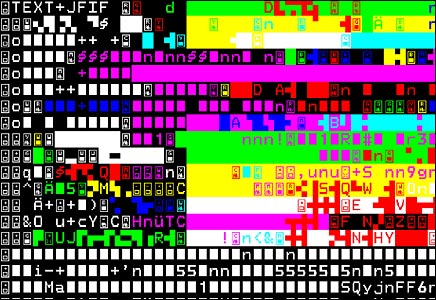(How convenient that there are 3 posters to be done in all!)
Ever emanating the rascally Paul Gauguin, I think the three temporal forms of the transformation of the alphabet are the most fascinating, as they're all contained in the finite source of any given character and its recorded past: the all-encompassing title "Where did we come from? Who are we? Where are we going?" comes to mind when looking at our language through a letter, fleeting in form and timeless in impact. Each letter can be explored for its role in the past, present and future, and each of these periods carries a sort of philosophy with it, a focus that I'd like to explore a little further.
Where did our letters come from?...
---I really liked the concept of letters being born of pictographs and heiroglyphs from ancient civilizations, and I was fascinated further to think that these basic forms can disperse into different letters in different cultures. Symbols for objects or ideas are collected by the rudimentary civilizations, then contorted and twisted and tilted and squished into something more basic: the written form of an object becomes the written form of a sound, of an utterance of the mouth--- in this grand process eschewing bits and pieces of the original form's objective meaning, but still echoing it just slightly for those who really know how to read them.
I found it beautiful, to use that audacious and wonderful term, that most of the civilizations producing early alphabets and series of pictographs attributed them to the divine, that this kingly gift was a way of communicating, of consolidating ideas, from eternalizing conversation with God. Letters, for the most part, were soaked in spirituality in form and in philosophy; in the same way that our letters and even some of our basic enunciations are linked to the past, I wanted to indicate that the spirituality behind them and the link to God that they emanate is not lost. To do this, I want to embody the pictorial form preceding letters in one of my posters.

"Who" are our letters?...
---I also can't ignore that one today doesn't see letters as praying figures or Godly suns. The most beneficial alphabet system we've been able to design is boiled down, as I mentioned above, to the symbolism of sounds, of vowels and consonants. With these, we can write anything and identify sound with image, filling it with value. It is so engrained in our understanding of letters today that seeing a letter fills us with the understanding of their pronunciation.
R R R R R R R R R
O O O O O O O O O
A A A A A A A A A
For this reason, for the more present understanding of letters, I want to focus on their ultra-secular connotation of sound. I might arrange shapes of mouths creating different pronunciations of a vowel around the letter itself as a minimalistic, modern representation of the letter.
Where are our letters going?...
---Will be the fun one. I might take a letter, consider a different connotation we have with it (outside of its pronunciation, which I understand is a simplification of how we understand letters today), then morph it and shape it into a pictograph again. A "T", for example, might be equated to a t-shirt, since the object and symbol reflect one another. Perhaps as language progresses, the "t" might assimilate to object so that the symbol literally stands for the shirt... then, perhaps, the symbol of a shirt is directly connoted to mean a male who might wear the shirt, or perhaps the cotton that went into the shirt (as opposed to whatever material might be used for other clothing material), or perhaps for "clothing" on a whole. This progression from alphabetic into heiroglyphic and into pictographic form of representation is perhaps suggestive of a regression in the future to a more rudimentary society (which needs a less-sophisticated written language), which may not have any real proof to validate this extrapolation of progress. However, the conceptual idea is to make more real the progress of the past letters,to suggest the ability of letters to morph and alter thanks to the needs of the civilization at any time. The "T" is by no means static.


